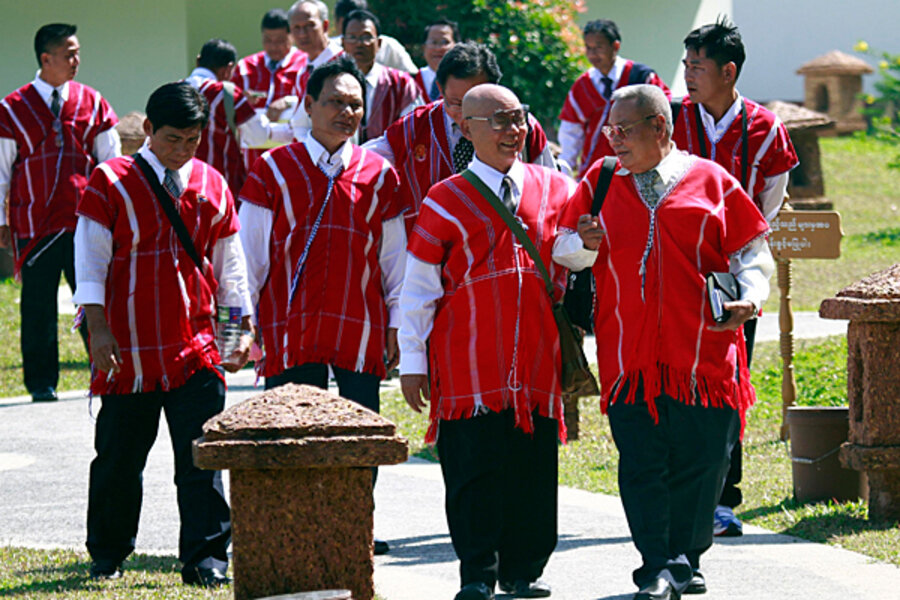The agreement is part of a larger effort by government leaders to end years of fighting against a handful of ethnic groups controlling different regions of the country, reports The Wall Street Journal. Many of these groups are seeking greater autonomy.
The KNU will select a representative to continue talks with Myanmar’s government within 45 days of this initial agreement, reports Agence France-Presse, and according to Myanmar state radio and television the government plans to release some 650 prisoners. Activists worry, however, that there will be more common criminals released than political detainees.
Some experts speculate the cease-fire was brought about, in part, because of the government's big plans for the Dawei Development Project, a $50 billion industrial scheme to relocate refineries and other heavy industry from Thailand. The vast project, if completed, will run through Karen lands. Though the cease-fire is largely viewed as a positive step for the historically repressive regime, the Myanmar government does continue fighting with other ethnic groups including the Kachin in the north of the country.





